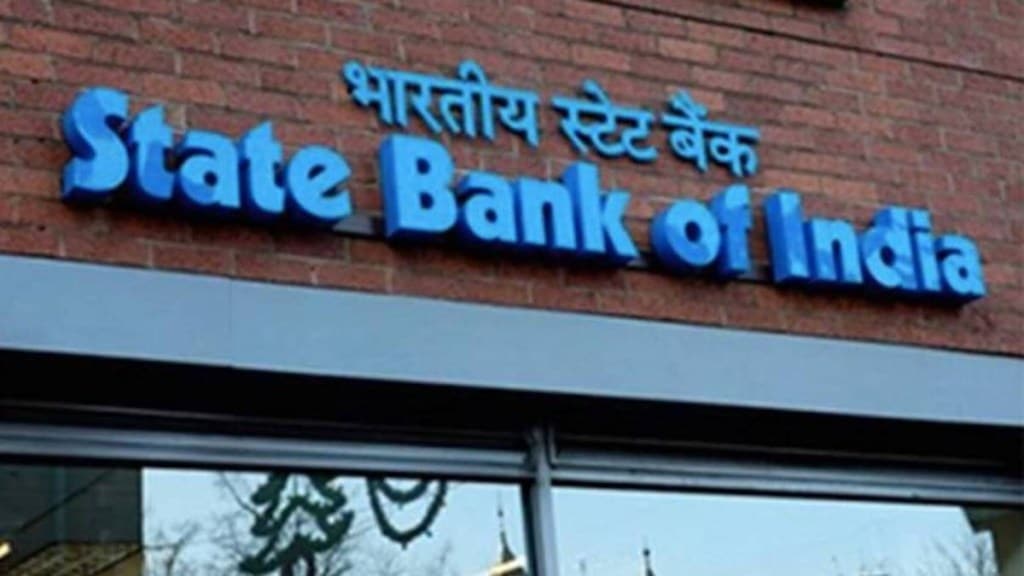Large public sector financial institutions are fast tracking their exposure to the micro, small and medium enterprises (MSME) sector, senior bankers told FE. For example, SIDBI and SBI alone are likely to extend nearly Rs 1 trillion of MSME loans each, while others like Bank of Baroda and Union Bank of India are looking at growing their book by 10%-14%, respectively.
This bullish outlook has been spurred by government-backed schemes such as the Central government’s MUDRA, PM SVANidhi and the emergency credit line guarantee (ECLGS).
Sivasubramanian Ramann, chairman & MD at SIDBI that it has already extended over Rs 4 trillion of loans to the MSME segment and is likely to lend another Rs 1 trillion in the current fiscal. “Two years back, we had said that we would like to hit Rs 5 trillion by the end of FY25. Given the fact that we are already at Rs 4 trillion, we might end up hitting Rs 5 trillion in FY24 itself,” said Ramann told FE during SME Finance Forum event held last week.
According to him, the financial sector’s outstanding credit to MSMEs currently stands at nearly Rs 25 trillion. As per estimates, a further Rs 25 trillion of funding would be needed in the next 3-4 years.
Similarly, SBI has plans to grow its MSME loan book by 24%-25% or by Rs 80,000 crore to Rs 90,000 crore during the current fiscal, said the bank’s deputy MD Surender Rana.
As of June end, SBI’s total exposure to the segment stood at Rs 3.69 trillion, up 18.3% year-on-year (YoY). It is engaging with other non-bank lenders as well to reach out to MSMEs by conducting securitisation deals through the direct assignment mode, on-lending with non-banking financial companies (NBFCs) and forming co-lending partnerships.
Currently, it has around 10 co-lending partnerships with NBFCs for MSME financing and the lender is also working with another 15-20 fintechs who are using artificial intelligence and machine learning models to develop various MSME products. “Data is what we have to play with today and fintechs are expert in that while we have expertise as far as credit and funds are concerned,” Rana said.
A senior banker at Union Bank of India said MSME loans have been growing at the pace of 10%-12% each quarter in recent times. “During the quarter ended June, we have grown close to 15% and in the remaining quarters also, 10%-12% growth is quite possible,” he said. As of June end, Union Bank’s total MSME advances stood at Rs 1.27 trillion, up nearly 15% YoY.
To target the segment, it has developed specific cluster schemes which include iron, steel, trading, paper, marbles, among others. It has also started specialised branches across country called ‘Union MSME first branch’.
Asset quality improving:
While the segment’s asset quality has been suspect due to a series of bad news such as Covid 19, demonetisation and IL&FS crisis liquidity crunch, things are improving further due to better underwriting processes.
A senior banker at Bank of Baroda said that two years back the lender was shying away from significantly funding MSMEs due to default rates being as high as 12%-13%. However, the situation has now changed.
There is much more emphasis on doing cash flow-based MSME lending rather than the asset-based lending. As a result, the bank’s bad loan rate in the segment has gone down significantly to single digits. The lender is now aiming to grow its Rs 1.09 trillion MSME loan book by 12%-14% in the current fiscal.

